How many rest days should you really be taking between workouts?
If you’re not making time for adequate recovery, then you’ll be leaving gains on the table
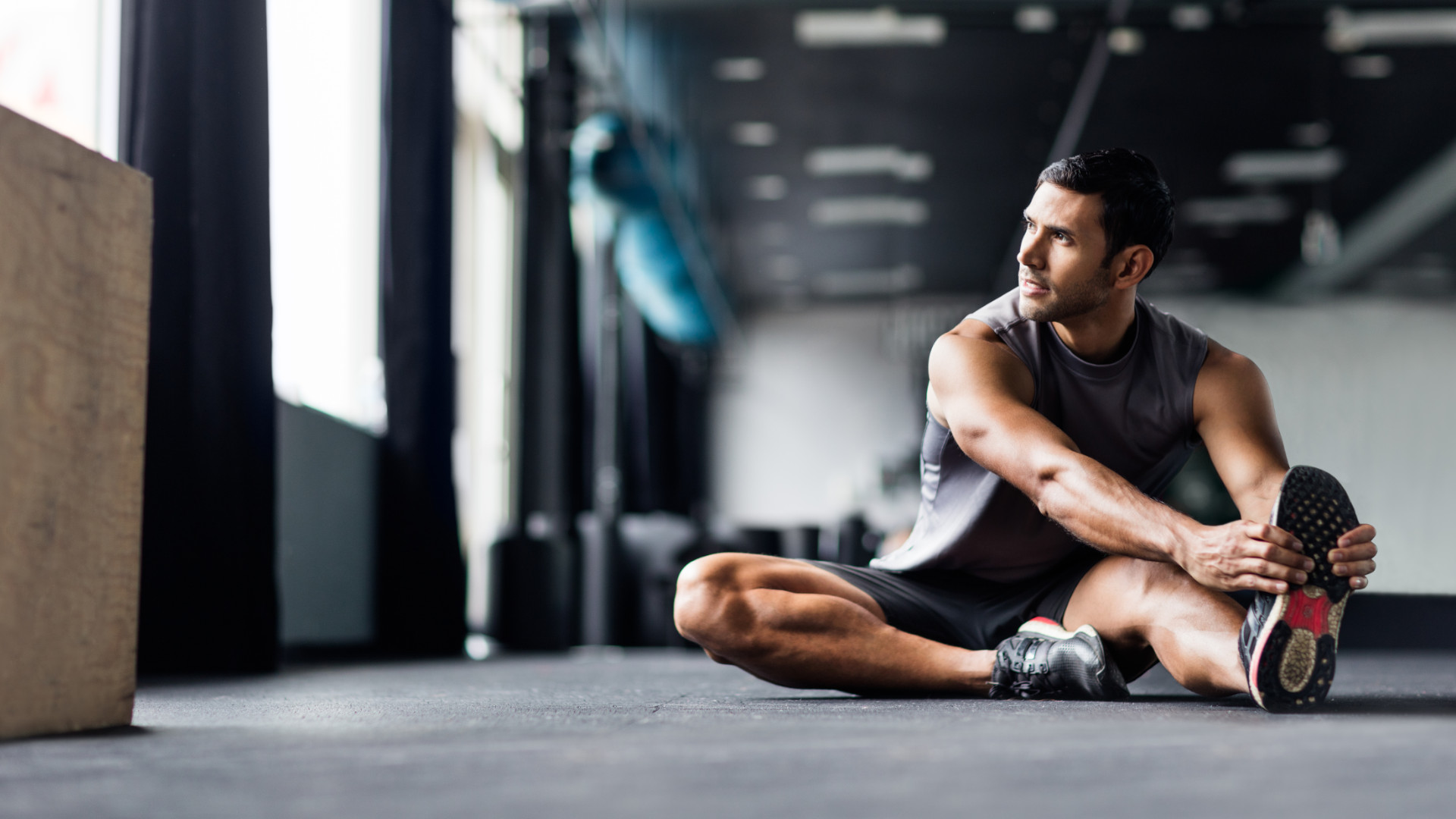

When you’ve been hitting it hard in the gym and are seeing results, it can be tempting to skip your rest days. However, the more you get into this habit, the more likely your progress will stall in the long term. Then you’ll get into a vicious cycle of trying to train even harder, eventually burning your body out and sabotaging your own efforts.
“Regardless of your goals, taking rest days, and prioritising active recovery should always be factored into your exercise programme,” says Aoife Okonedo Martin, Certified Personal Trainer at Ultimate Performance. Not to mention, it’s where the magic really happens. Here’s everything you need to know about rest days and how to make the most of them so you can ensure long-term success.
The benefits of rest days
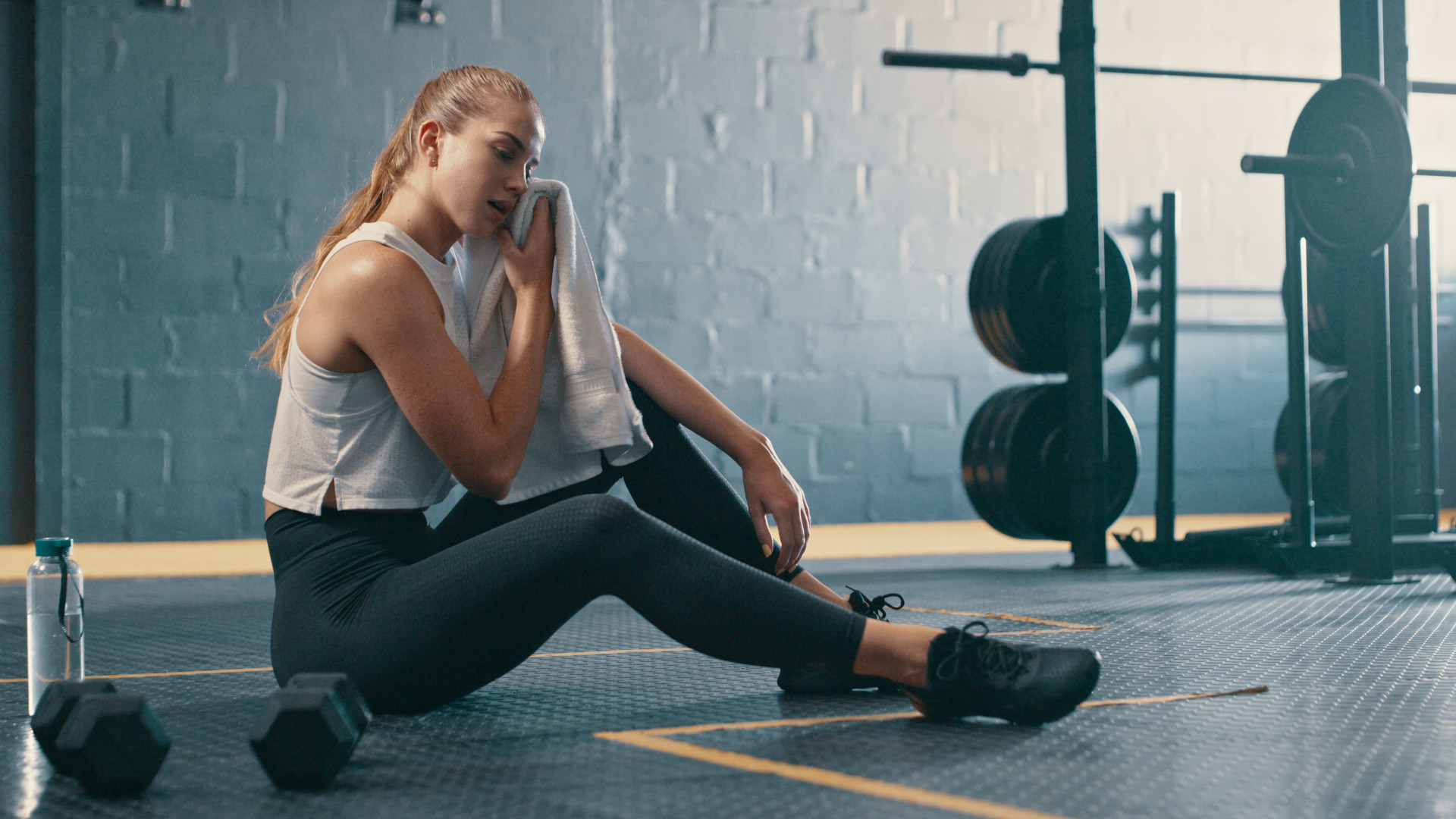
You’ll get better results
“Exercise creates microscopic tears in your muscle tissue and during rest, cells called fibroblasts repair it,” says Aoife. “By getting adequate recovery after a workout, you’re allowing the body to repair the muscle damage, resulting in stronger muscles. It also allows your body to adapt to the exercise so you can get stronger and perform better the next time.”
Helps you avoid overtraining
Yes, there is too much of a good thing, and constant training is one of them. Not giving your body adequate rest can lead to overtraining, which can be a real problem, not just in the gym, but in everyday life. It can cause prolonged fatigue, excessive muscle soreness and feeling run down. Overtraining syndrome is the extreme end of this and can take weeks to months to fully recover.
Increases the likelihood of injury
Sign up to the T3 newsletter for smarter living straight to your inbox
Get all the latest news, reviews, deals and buying guides on gorgeous tech, home and active products from the T3 experts
During training, you place a large amount of stress on your body and if it's not fully recovered your chances of sustaining an injury are much higher. “Proper recovery ensures that your connective tissues won’t end up damaged or impacted by chronic inflammation,” adds Aoife.
Signs a rest day is due
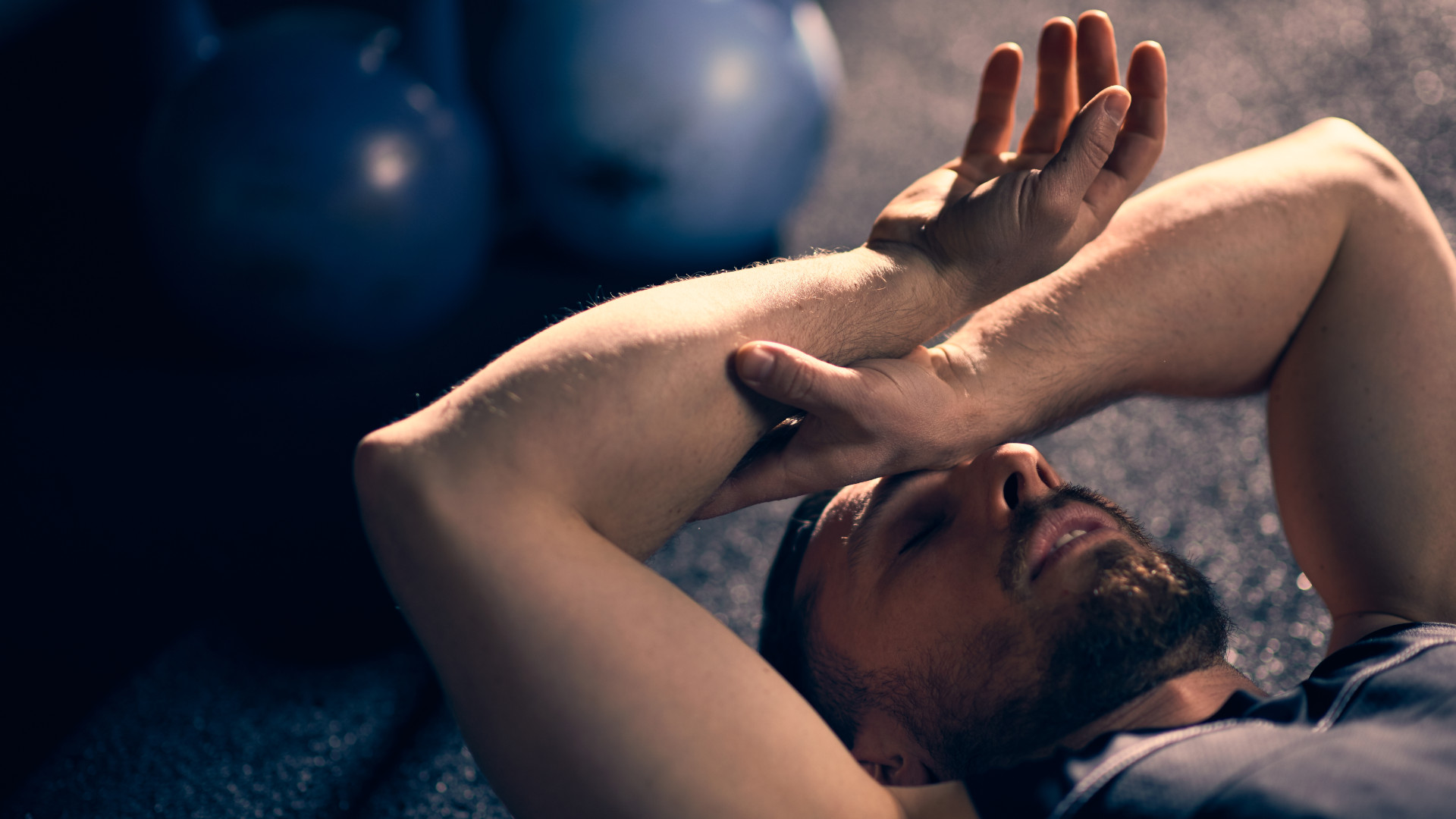
How do you know if you need a rest day though? Below, Aofie shares some definitive signs that your body is not recovering properly and that it’s time to reign it in on training:
Poor sleep quality
This is one of the first telltale signs that your body isn’t recovered. “When cortisol (your stress hormone) is chronically high, sleep will be broken, and recovery will be impaired, having a knock-on effect on your mood, cognitive function, hormones and general energy levels,” says Aoife.
Your training plateaus
If your training was on a high and comes to a sudden halt— maybe you can’t get an extra rep or increase the weight of your set— take this as a sign that your body needs some TLC. “When you can no longer progressively overload your workouts, you may need to pull back on your training and focus more on recovery.”
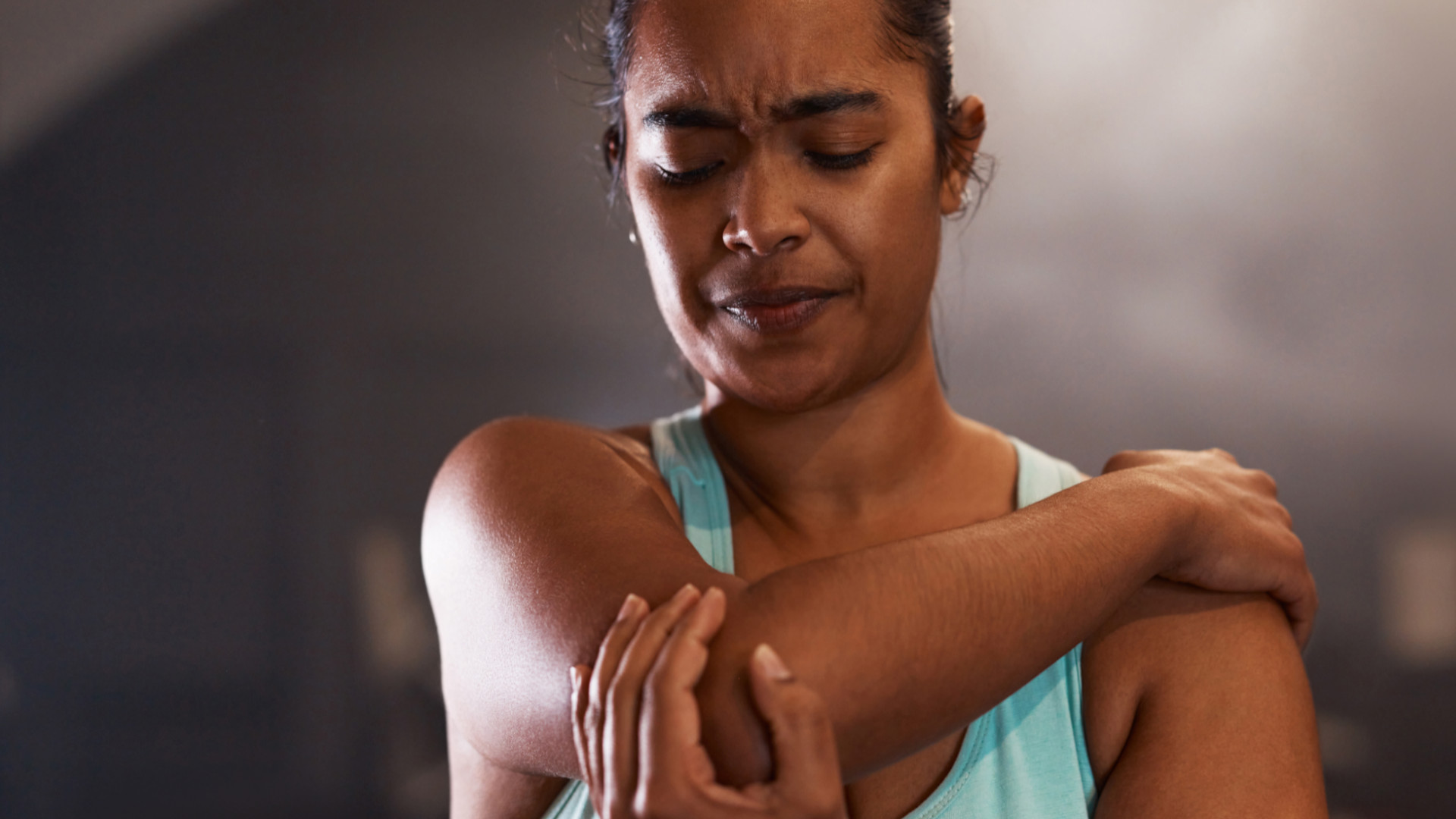
Muscle and joint soreness
Delayed onset muscle soreness (DOMS) is normal after a hard session, especially if you’re a new gym-goer. But, Aofie says if your limbs are still aching four to five days after, then this could be a sign that your body isn’t recovering from the intensity of your workouts.
Emotions are all over the shop
Been feeling a little irrational, moody or depressed? Then a rest may be calling. “Chronic overtraining can cause an issue with estrogen production in women due to a process called ‘pregnenolone steal’. This can result in fluctuating moods, major disturbances with the menstrual cycle, and even infertility long term,” explains Aoife.
You’re getting ill
It’s not just your muscles and joints that will get run into the ground, but your immune system too, which means you’re more susceptible to getting run down. ”The same mechanisms that are used to fight illness also help you to recover from controlled training stress so, if you put too much demand on this system, then something will give and it’s often your immune system.”
How many rest days should you be taking?
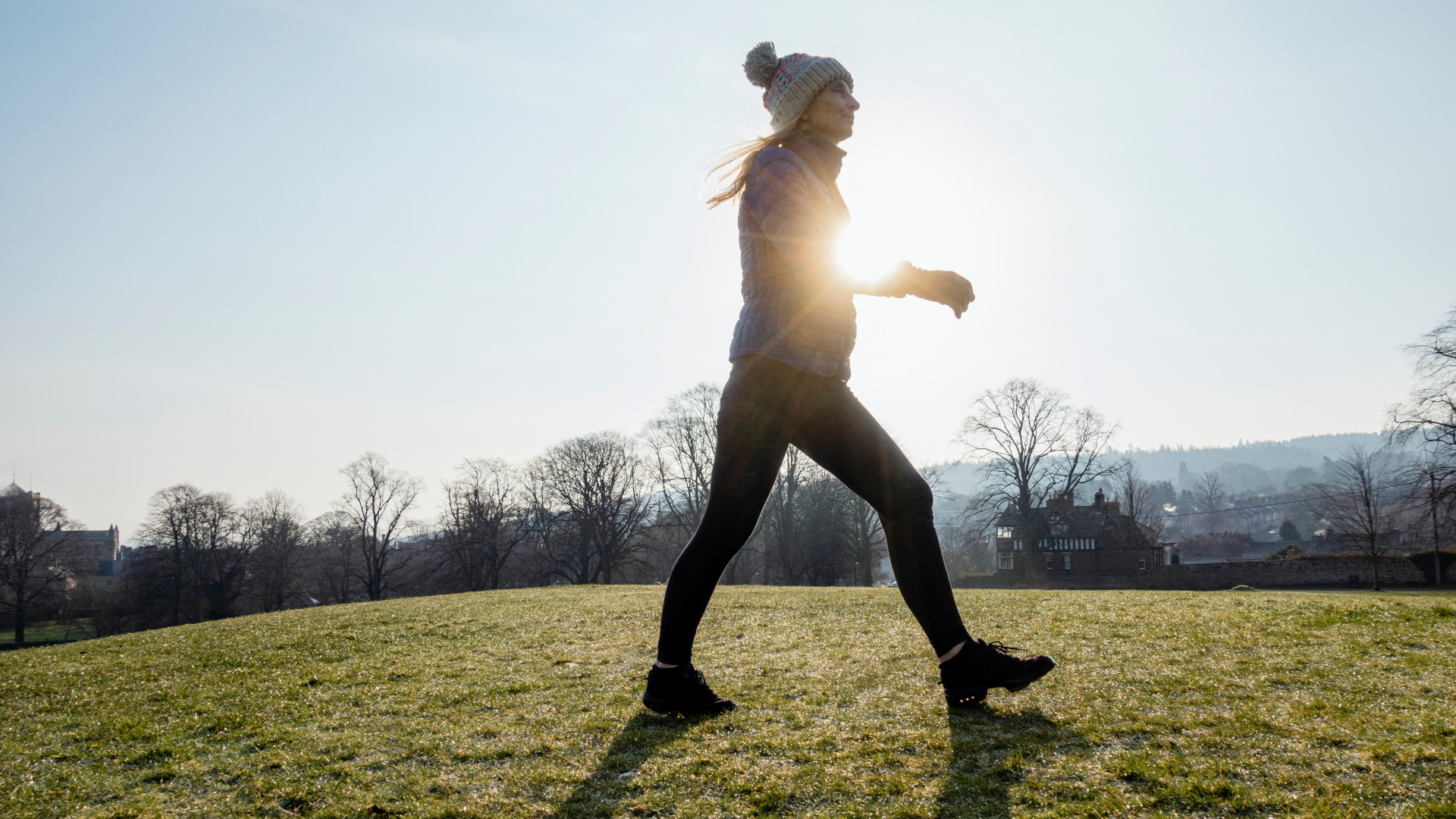
Annoyingly, the answer to this isn’t clear cut as, ultimately, it depends on you, the individual, your goals and the intensity of your training. Some people like to train for two consecutive days followed by a rest day (this is typical with upper/lower body training splits), while some prefer to alternate between a workout and a rest day.
Typically speaking, everyone should be prioritising at least one rest day (minimum) a week. “Everyone is different, and your body will usually tell you when it’s time to back off from your training, so listen to what it’s telling you and act accordingly,” says Aoife. Adjust your intensity throughout the week to ensure proper recovery.
How to make the most of your rest days
If you thought a rest day meant slumming it on the sofa with Netflix for a few hours, think again! That’s why Aoife says she prefers the term ‘active recovery’.
“Staying active, moving your body and using your muscles is important, even when you are recovering,” she says. “Active recovery can actually help by promoting better blood flow and nutrient delivery into the areas that are sore, keeping your joints lubricated.”
You don't want to be doing anything that's high-intensity. Aoife suggests opting for low-impact activities, like a gentle walk, swimming, going on the exercise bike, or doing some yoga. You can also add a foam roller or massage gun to boost circulation and release lactic acid.

Bryony’s T3’s official ‘gym-bunny’ and Active Staff Writer, covering all things fitness. She recently completed her Level 3 PT qualification with the PFCA to bring a deeper understanding of training techniques, fitness trends, and wellness advice to her writing. In her spare time, you will find her in her natural habitat - the gym - where her style of training is a hybrid of bodybuilding and powerlifting. Bryony loves writing about accessible workouts, nutrition and testing innovative fitness products that help you reach your fitness goals and take your training to the next level.
You must confirm your public display name before commenting
Please logout and then login again, you will then be prompted to enter your display name.
-
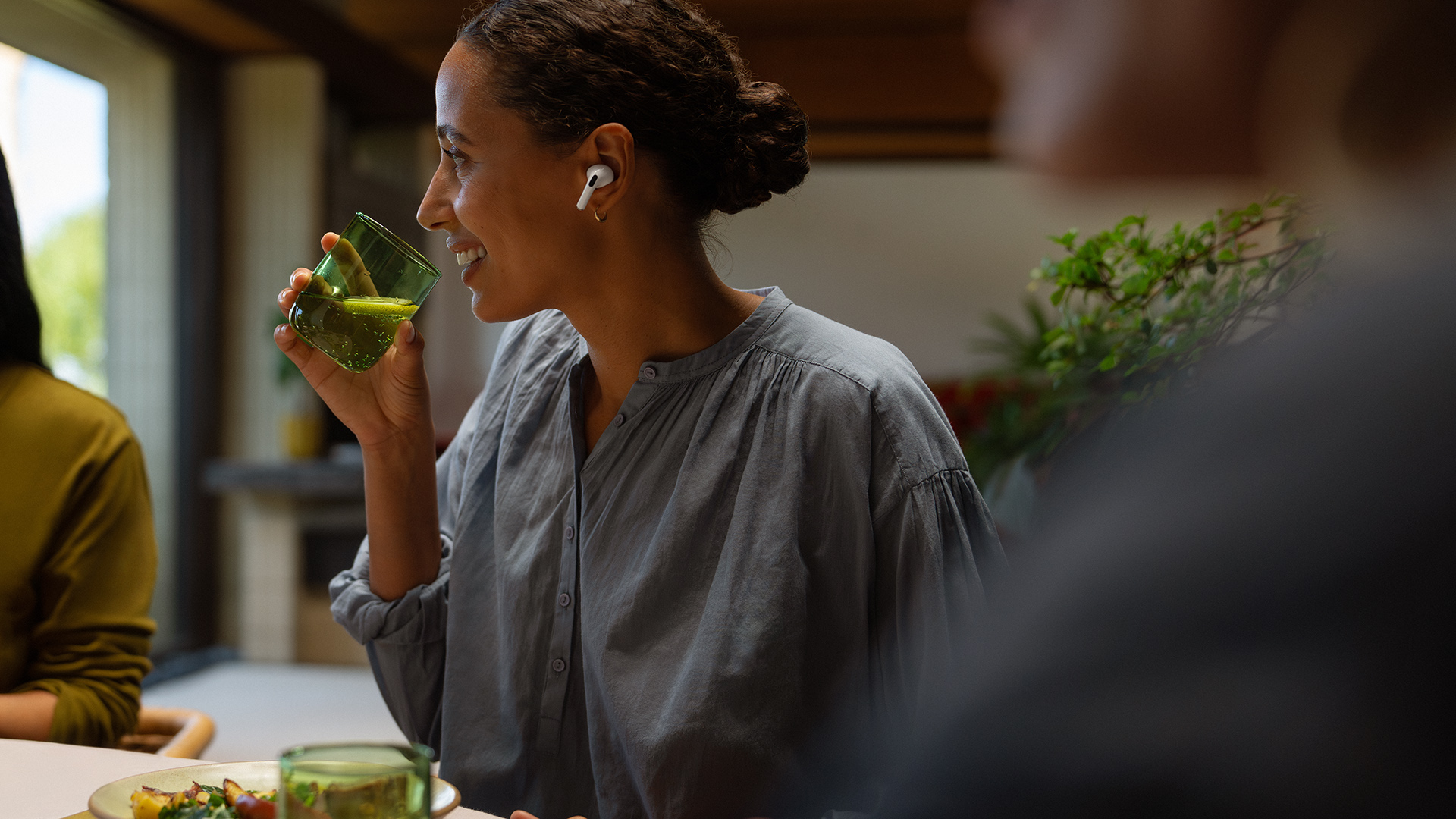 Leaked AirPods prototype looks like Nothing... literally
Leaked AirPods prototype looks like Nothing... literallyAnd we are here for them
By Britta O'Boyle Published
-
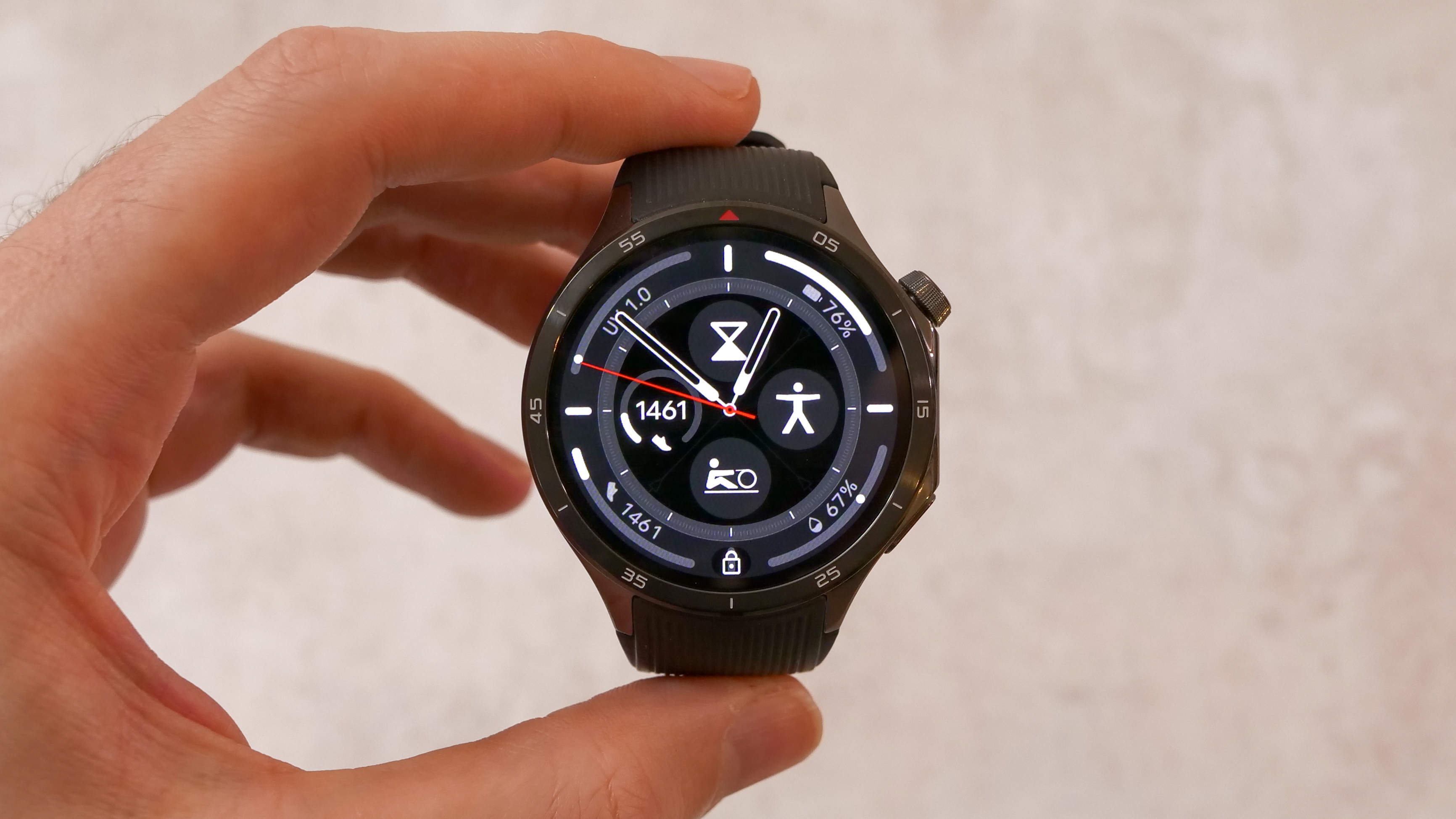 OnePlus Watch 3 lands in the UK with a flurry of freebies and a huge discount
OnePlus Watch 3 lands in the UK with a flurry of freebies and a huge discountThe new titanium-clad smartwatch brings 120-hour battery life, ECG health checks, and some serious launch offers
By Matt Kollat Published
-
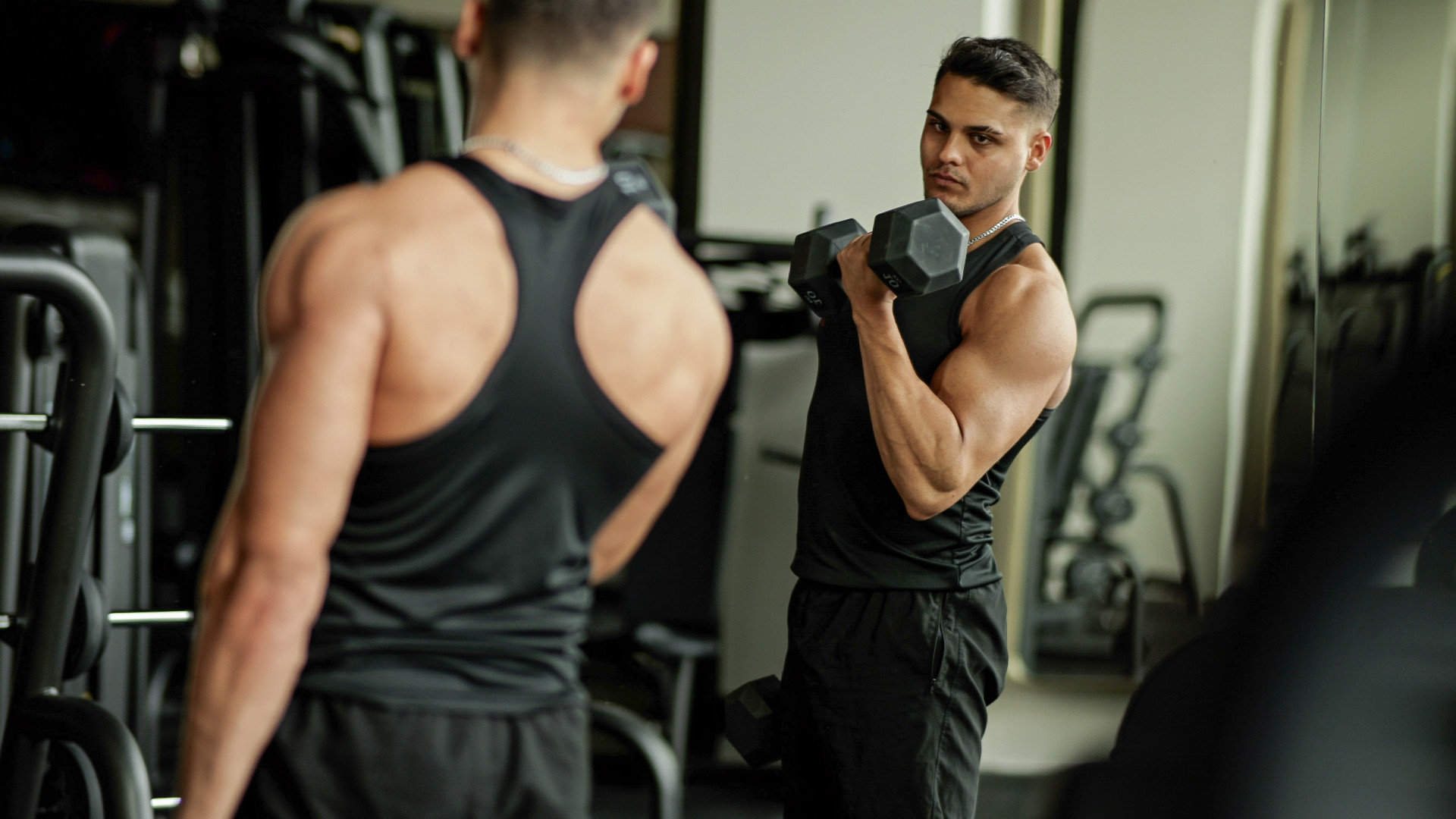 The best biceps exercise, according to science
The best biceps exercise, according to scienceHave you been training your biceps wrong this whole time?
By Lucy Miller Published
-
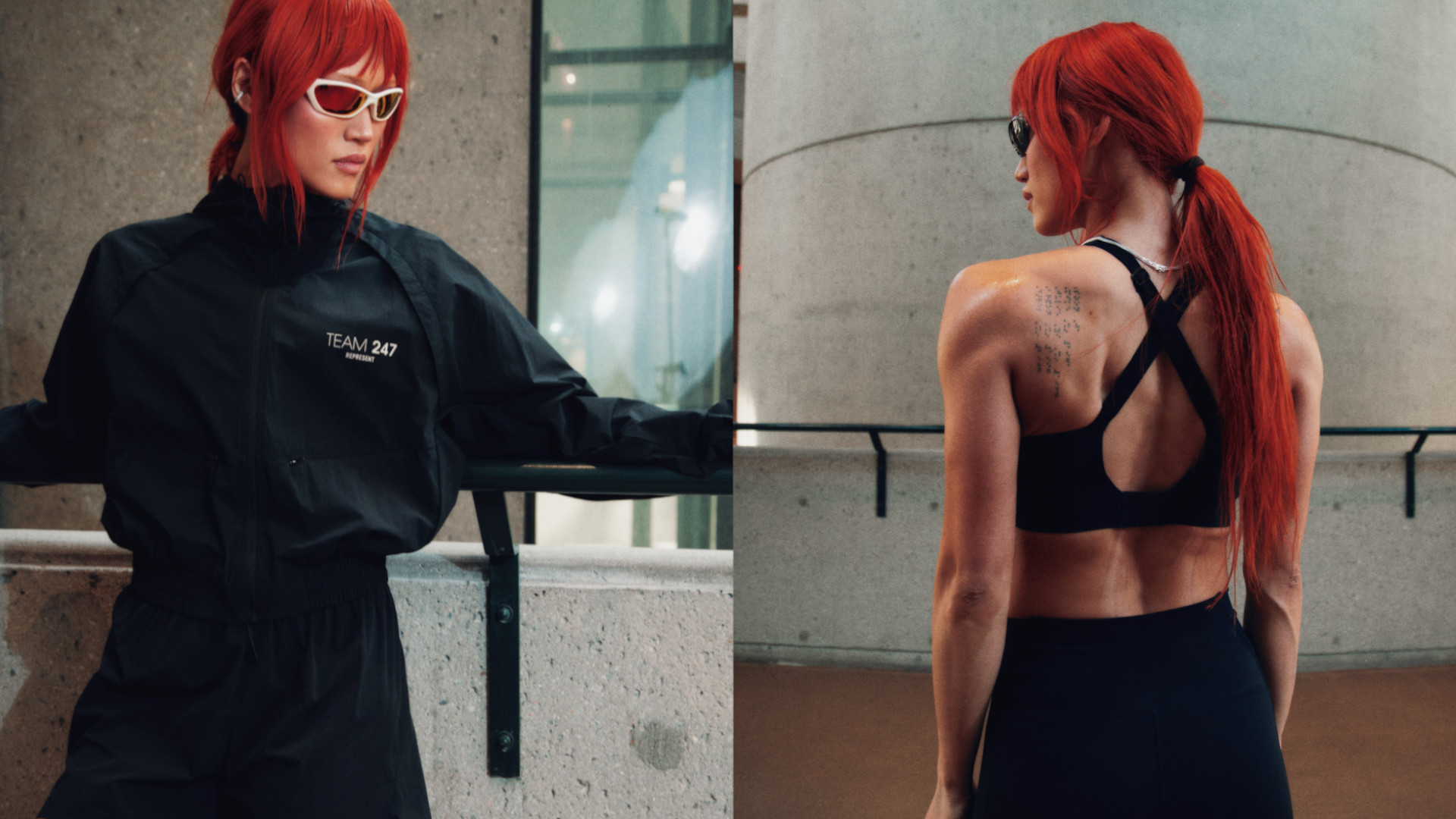 Finally! Represent 247 launches its first womenswear collection, taking you from street to gym in style
Finally! Represent 247 launches its first womenswear collection, taking you from street to gym in styleIt's about time guys
By Bryony Firth-Bernard Published
-
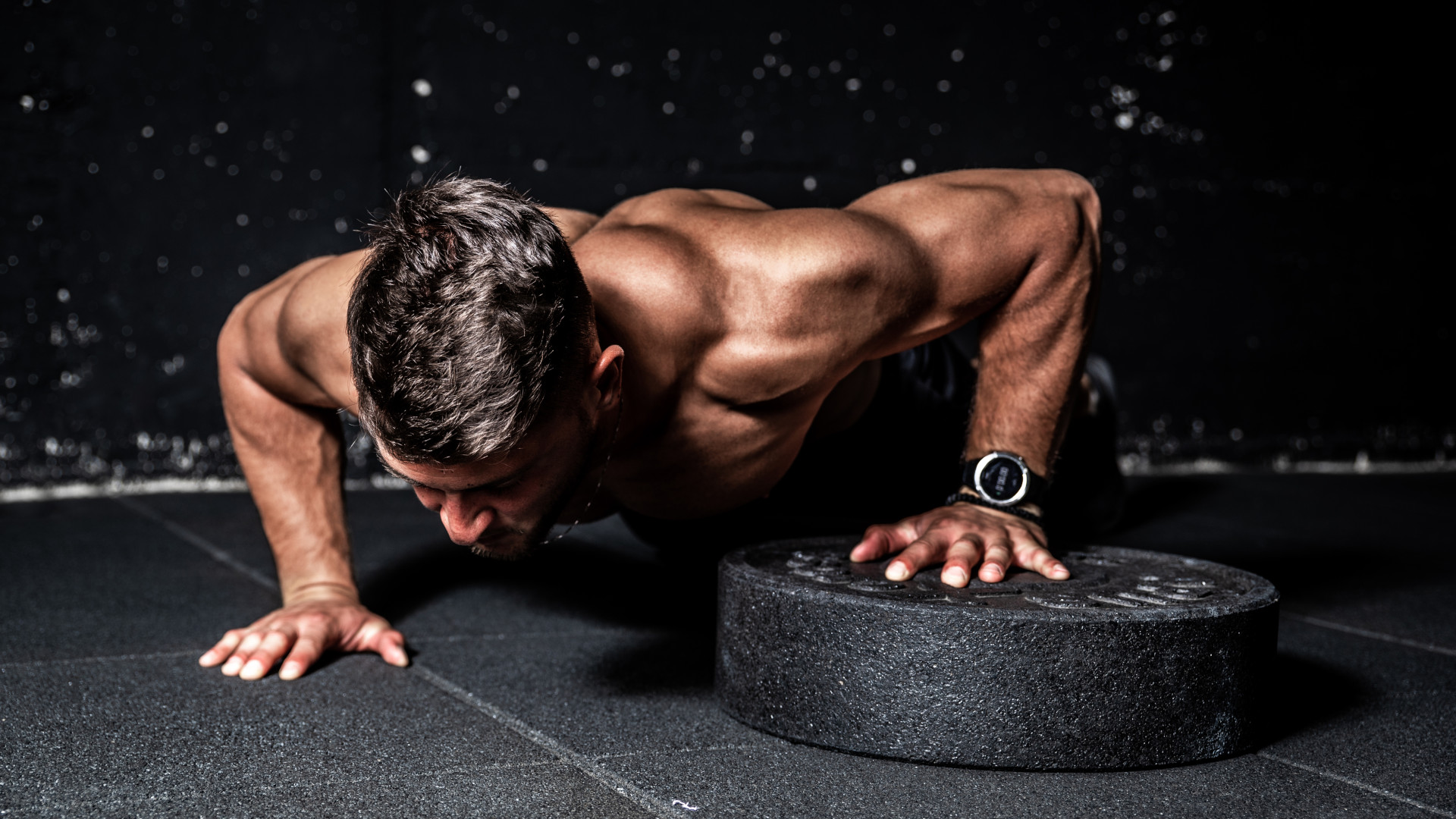 3 chest exercises you’re probably not doing to supersize your pecs
3 chest exercises you’re probably not doing to supersize your pecsA killer pec pump awaits
By Bryony Firth-Bernard Published
-
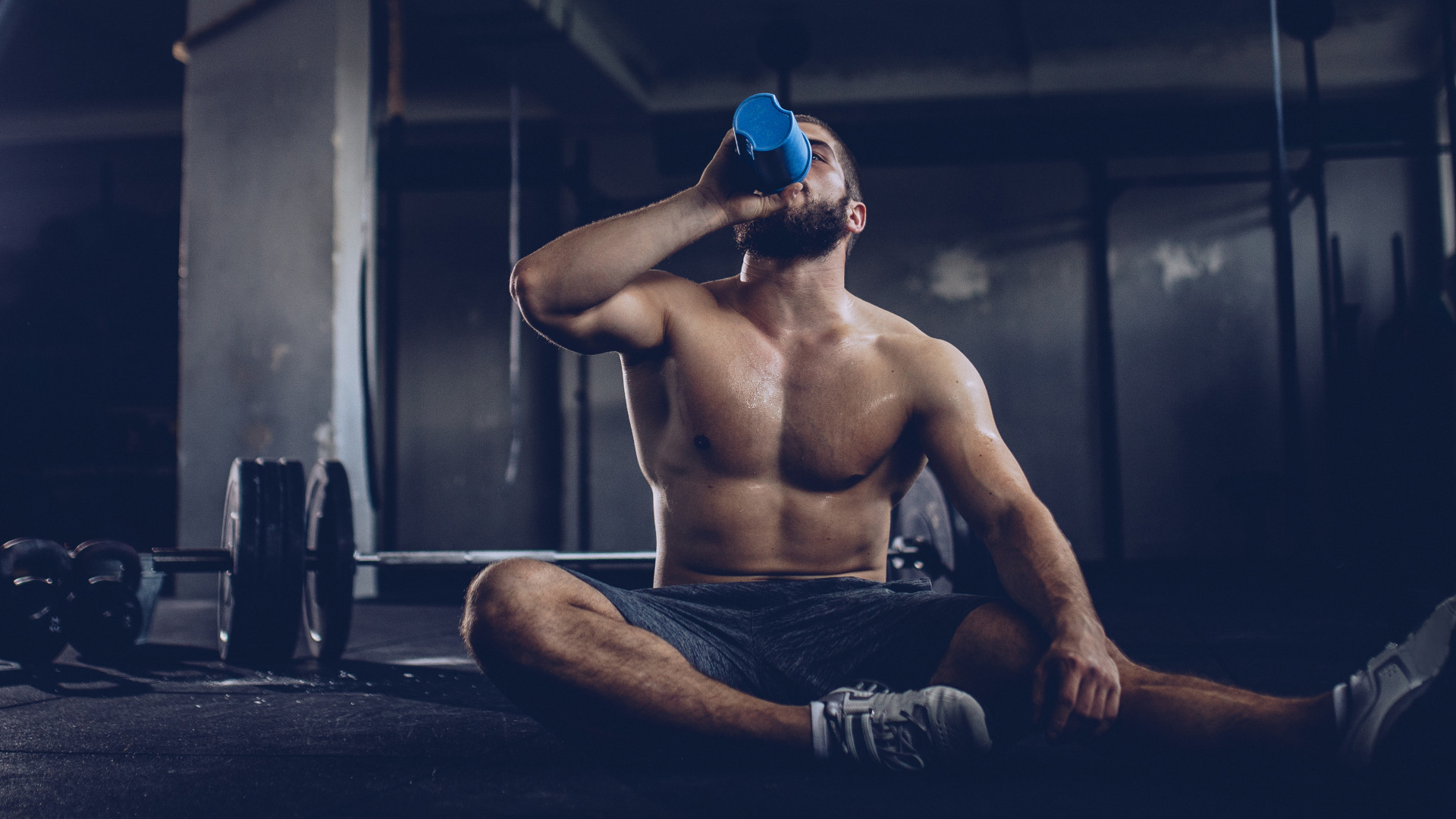 When’s the best time to take creatine?
When’s the best time to take creatine?The science-backed supplement is a must for building strength and muscle, but is there an optimal time to take it?
By Bryony Firth-Bernard Published
-
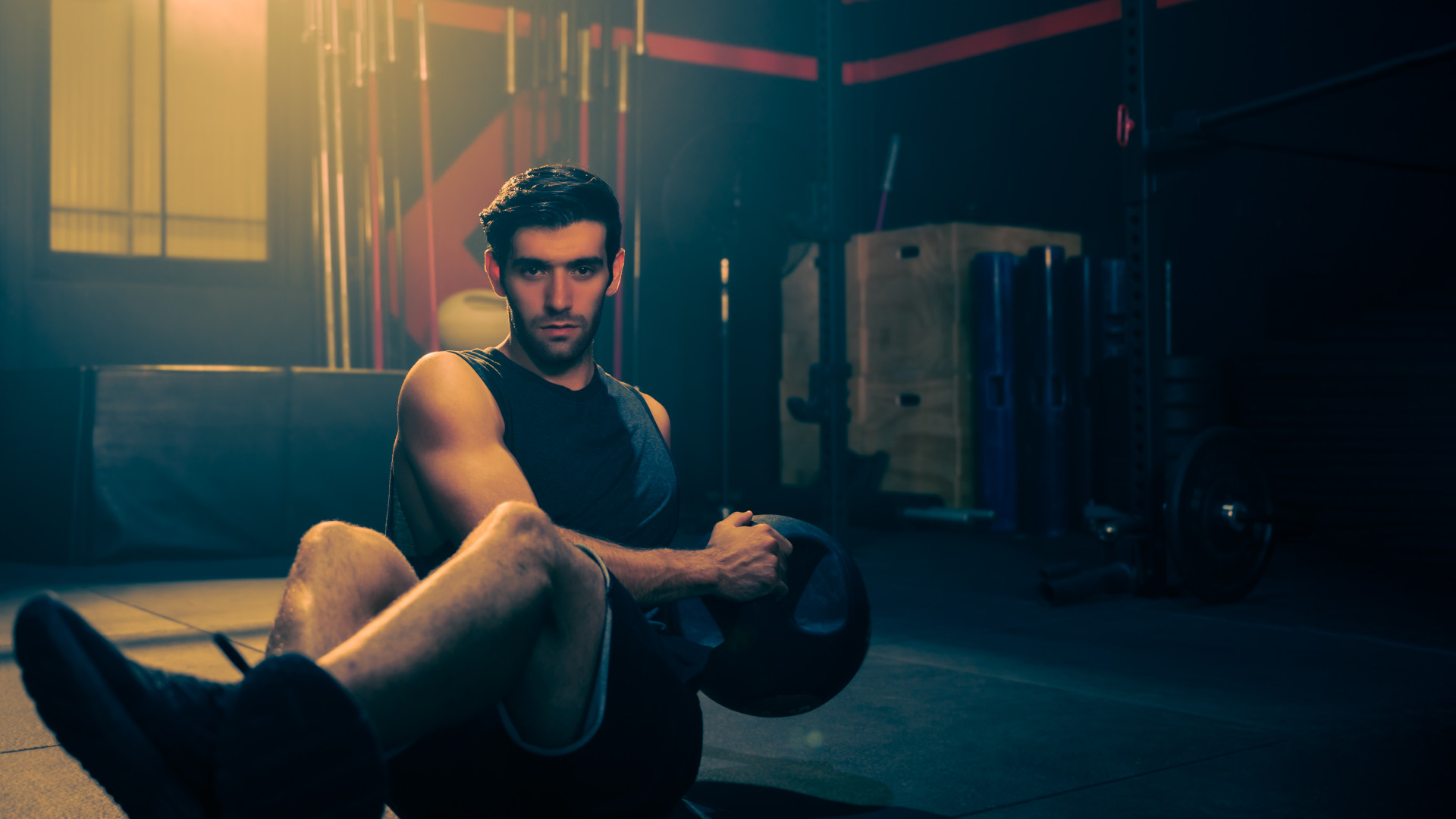 Three overrated core exercises and what you should do instead
Three overrated core exercises and what you should do insteadA fitness expert says these exercises aren’t all they’re cracked up to be
By Bryony Firth-Bernard Published
-
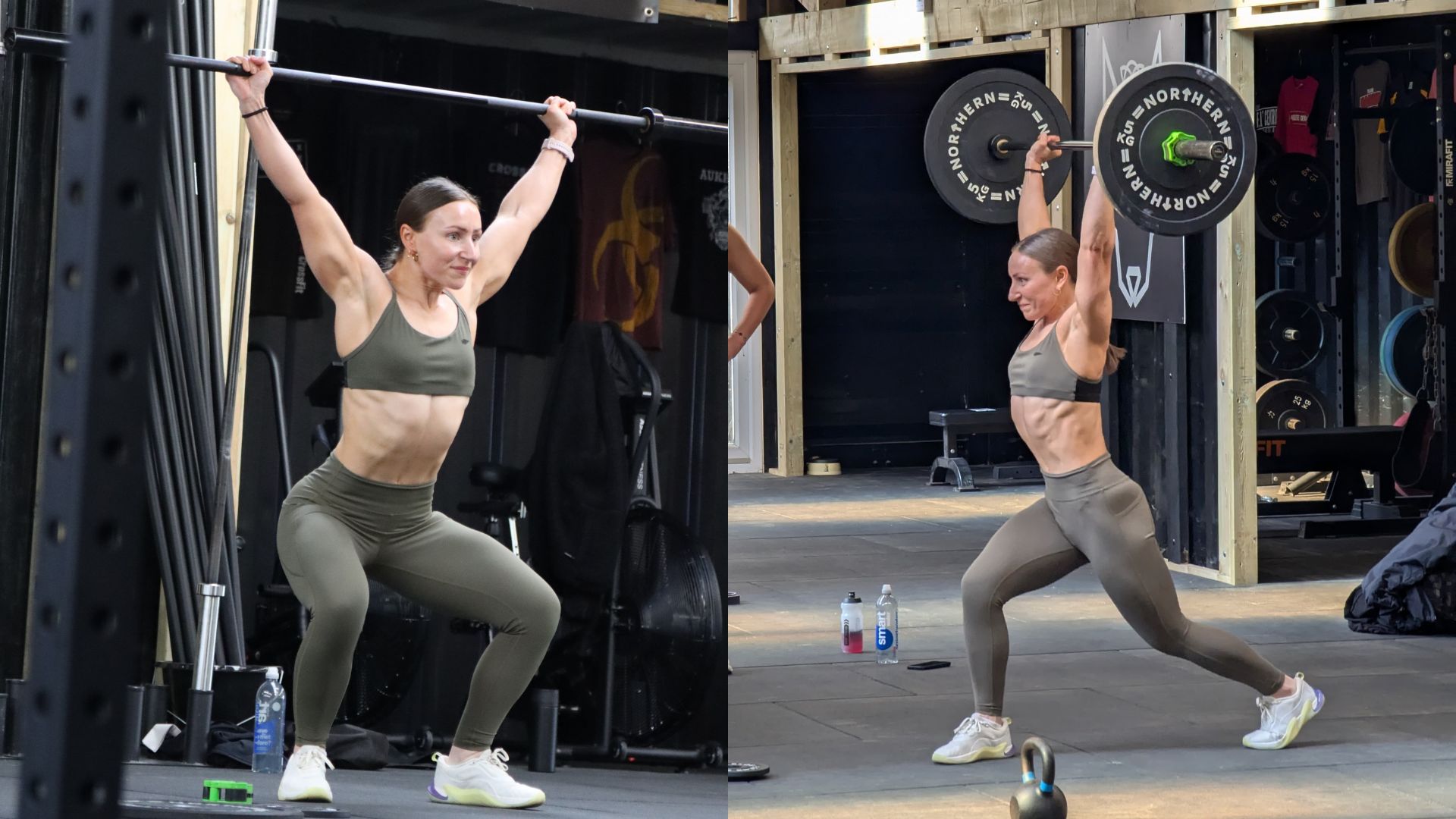 I tried Olympic weightlifting for the first time – here are three things it's taught me
I tried Olympic weightlifting for the first time – here are three things it's taught meBeing strong simply won't cut it
By Bryony Firth-Bernard Published
-
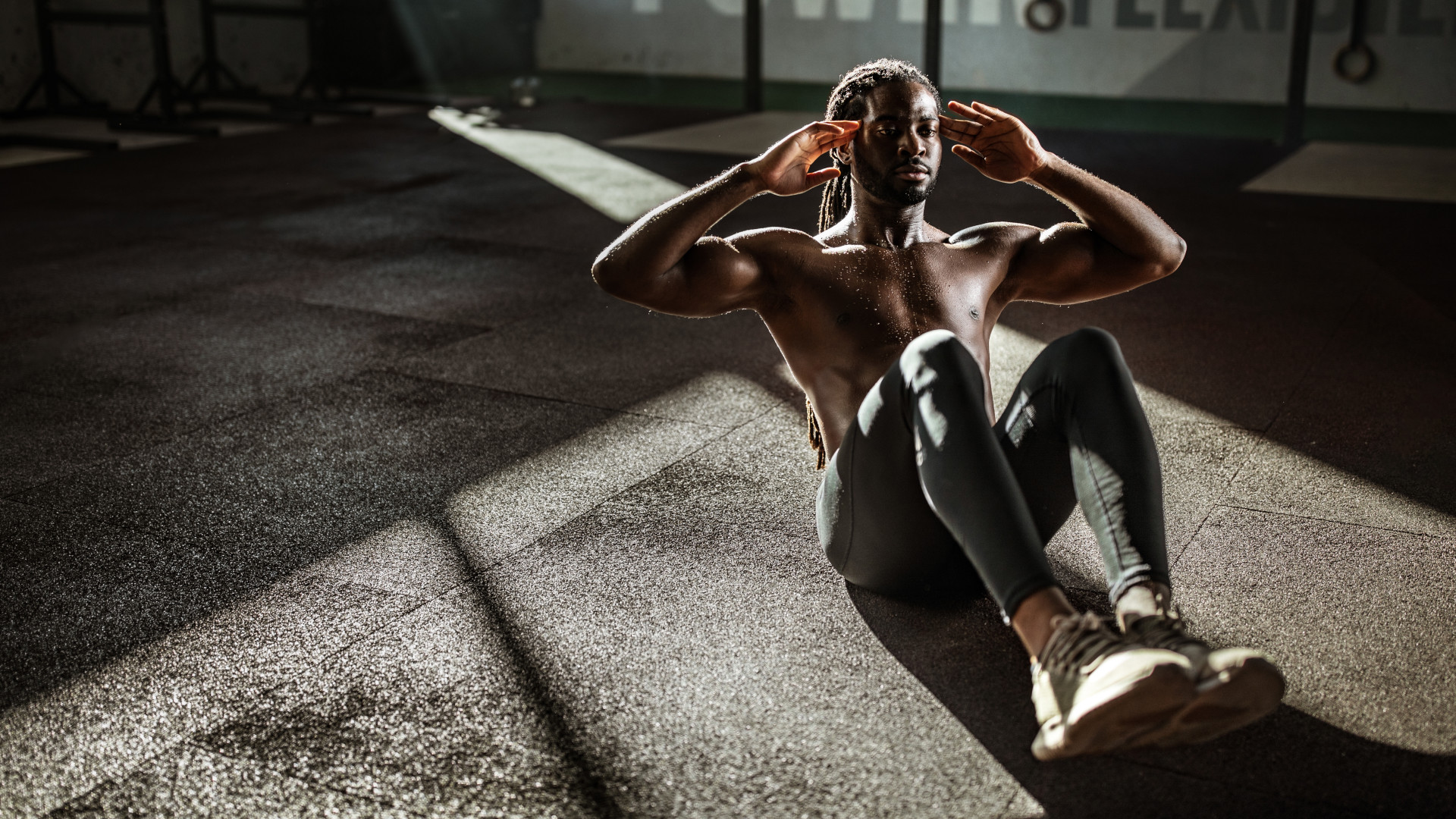 An exercise scientist ranks every ab exercise – and the worst one may surprise you
An exercise scientist ranks every ab exercise – and the worst one may surprise youFYI it’s not crunches or sit-ups
By Bryony Firth-Bernard Published
-
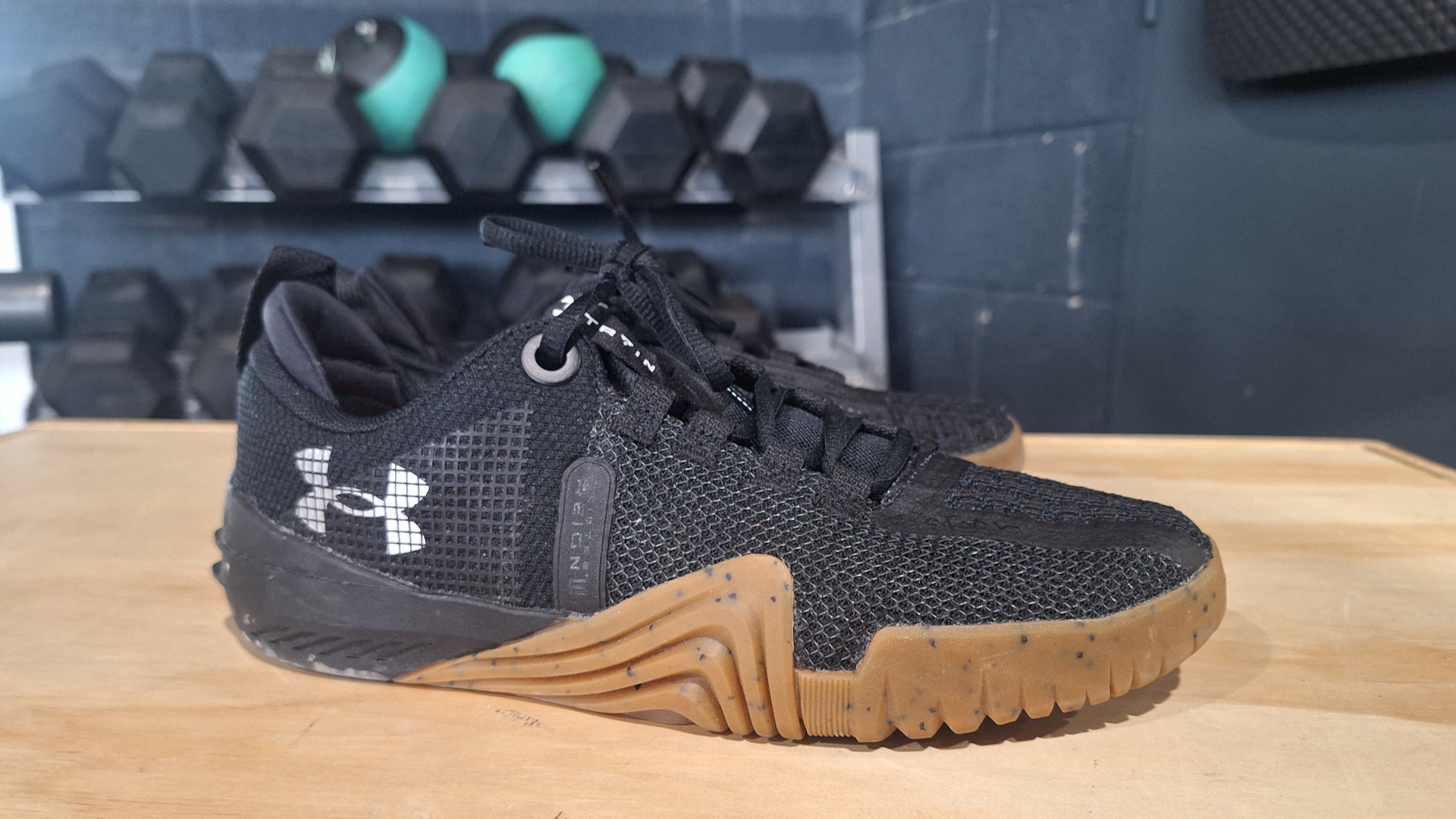 I didn't think Under Armour could improve its top-tier workout shoes – I was wrong
I didn't think Under Armour could improve its top-tier workout shoes – I was wrongThe TriBase Reign 6 has had a complete overhaul, with a flatter sole, improved flexibility and a brand-new look
By Bryony Firth-Bernard Published